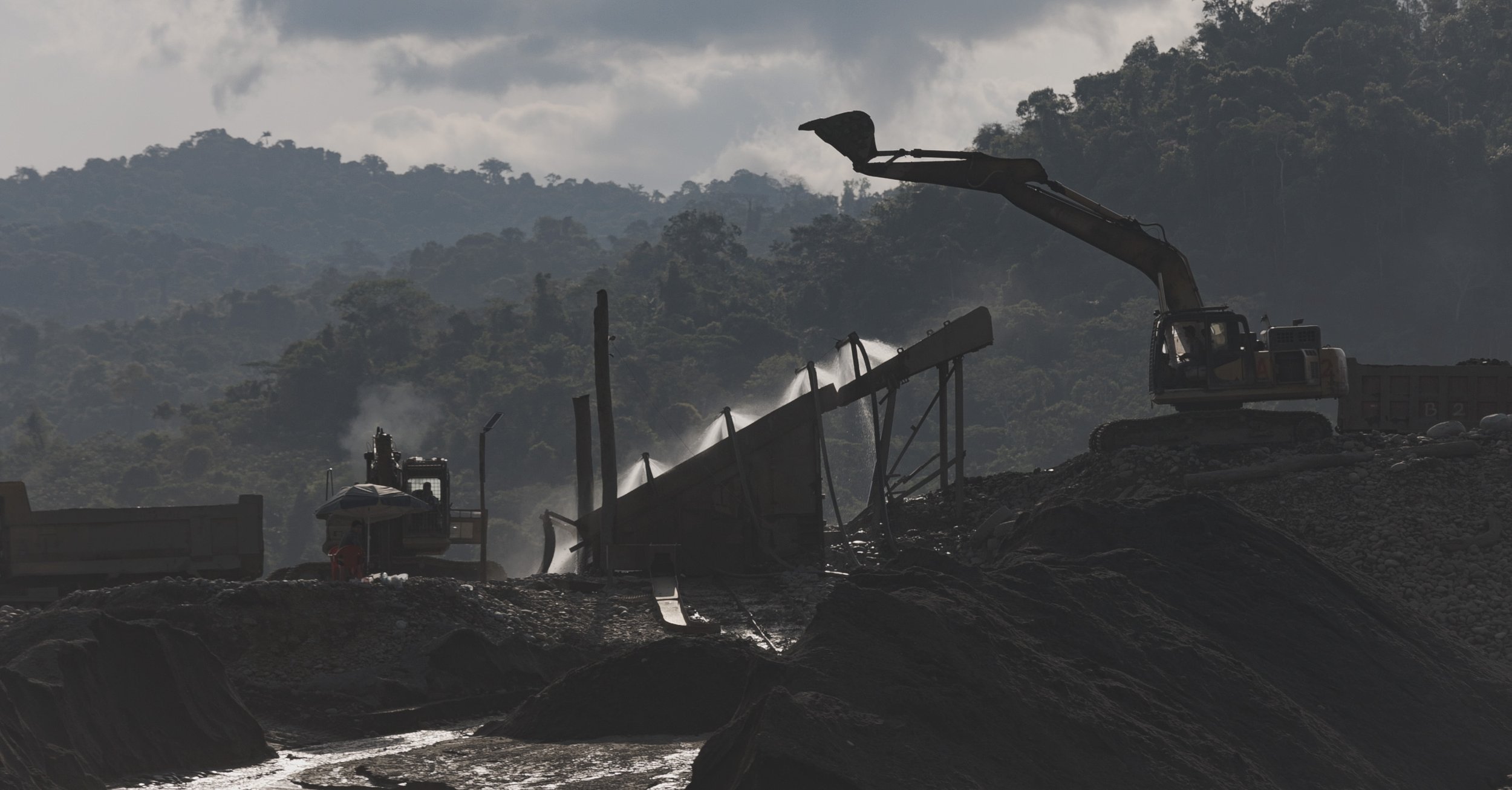
Beneath the Golden River
The story of one woman’s will to defend her river and home no matter the cost
When aggressive gold mining operations threaten the pristine jungles, rivers, and peoples of the Bolivian Amazon, Indigenous leader Ruth Alipaz Cuqui must step into the light to defend her people and river. As she travels with scientists and whitewater kayakers to river communities to witness the levels of destruction and inform community members of its dangers, the magnitude of the rapidly growing issue comes to light. Joining forces with her new counterparts, Ruth embarks on a mission to find a solution for her land, people, and nation without destroying one of the world’s most critical biodiversity hotspots.
Beneath the Golden River | Trailer
Synopsis
Ruth did not foresee becoming the face of the movement to defend her territory, nor did she expect to find herself representing six Indigenous Amazonian nations at the UN when she denounced the Bolivian government in 2018. Her life’s path has always been deeply intertwined with that of the Tuichi River in Madidi National Park, home to the richest biodiversity in the world and her Uchupiamona people.
After winning a historic multi-year battle against a mega-dam project that would flood almost 1000 square kilometers of the Amazon Rainforest, a new threat emerges when the global pandemic sparks a modern gold rush. The Bolivian government drastically deregulates gold mining to stimulate the battered economy, allowing “cooperatives” to take root in the supple riverbeds of the Amazon headwaters. They begin relentlessly poisoning the waterways with mercury and heavy metals, and press on the boundaries of Madidi National Park. The Tuichi River is in even greater peril when its banks are concessioned to a group of cooperatives, which would open Madidi National Park to indiscriminate destruction.
Despite the government’s denial that people are being poisoned, Ruth and her allies partner with world-class expedition kayakers and the research group CEDIB to investigate the issue. Beginning in the high Andes, the kayakers descend the treacherous Tuichi River to see the level of destruction with their own eyes. Meanwhile, CEDIB carries out the first mercury poisoning study in the region. As the scope and scale of the issue becomes clear, they realize that the magnitude and urgency of the problem is greater than they ever imagined.
Refusing to blanch at the daunting threat, Ruth throws herself into the fire as she learns time and again what it means to become a female Indigenous leader in a hostile world, and finds that the solutions lay closer to home than expected. Together, she and her friends find hope in their efforts to halt the threat to Madidi and cultivate a new generation of river defenders through their communities’ Indigenous youth.


Bolivia is now the 2nd largest global mercury importer
Mercury is the cheapest, fastest method to isolate gold, but poisens people and ecosystems. Although considered an “obsolete” method, its use has grown in unregulated regions with booming gold rushes.
Recent studies revealed community members in the Beni Basin had up to 27X the WHO safety limit for mercury (CEDIB, 2022)
Impact Goals
RAISE AWARENESS
Increase local communities’ and general public’s understanding of mercury contamination health impacts and how to avoid and stop it.
Draw a global spotlight to this important biodiversity and cultural hotspot
INSPIRE ACTION
Nationally, pressure the Bolivian government to:
Prohibit industrial gold mining in protected areas
Adhere to Minamata Agreement and stop importing Mercury for gold mining
Support healthy economic alternatives for communities
Internationally:
Hold countries accountable to Minamata Agreement limiting mercury use and pollution
Help slow international demand for gold by encouraging people to stop buying gold jewelry or consume from sustainable sources




